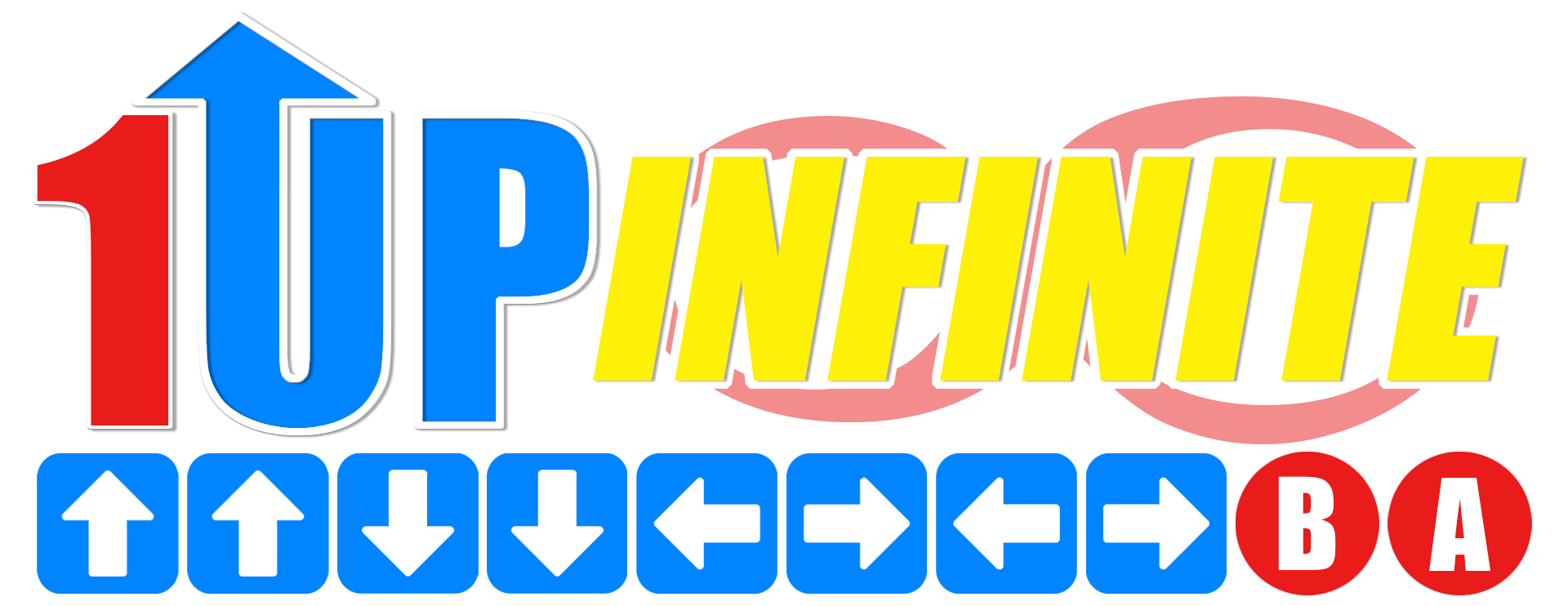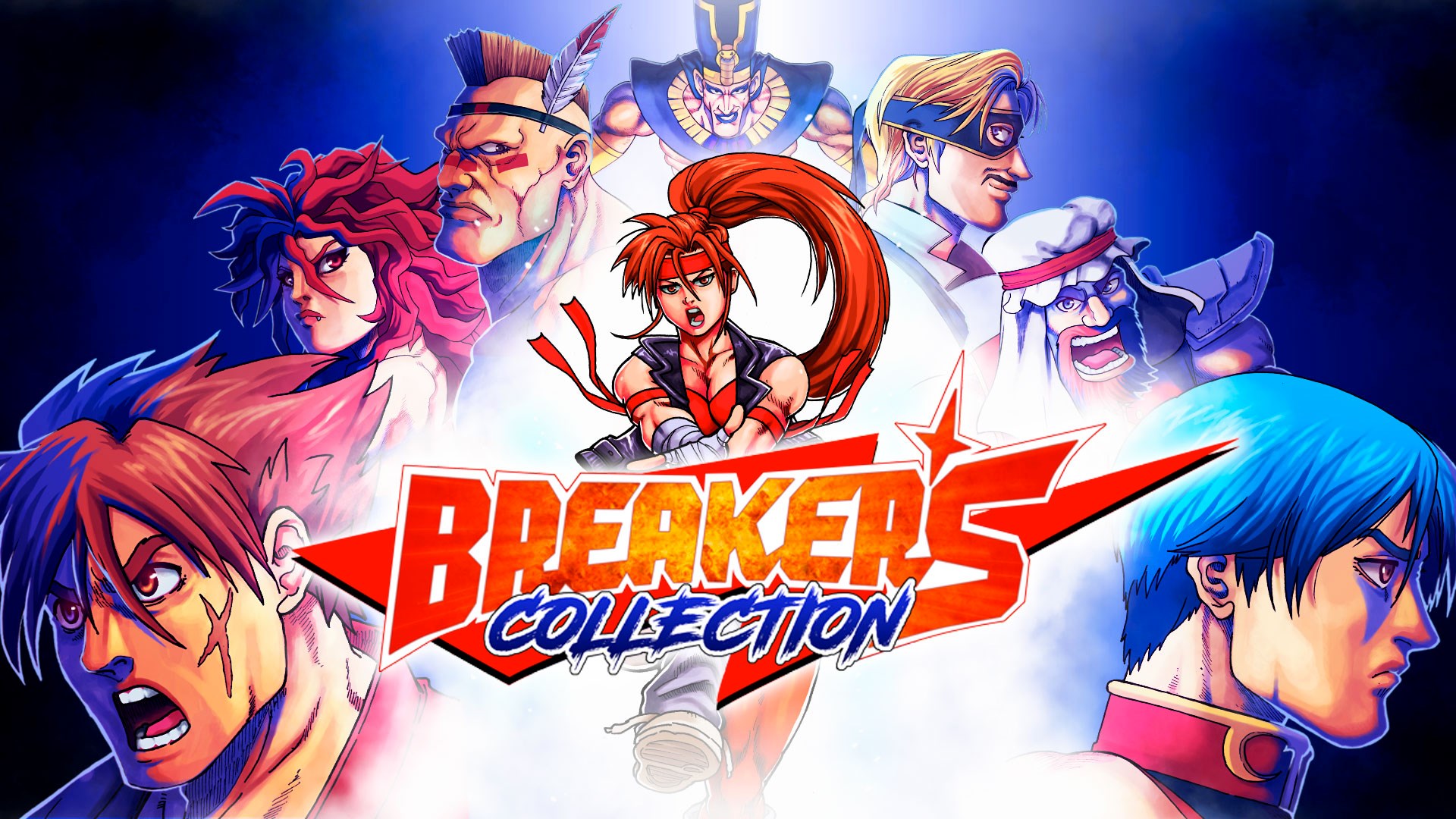Breakers Collection
When Breakers was released in 1996, Tetsuo Akiyama, the president of Visco, knew this would be the fruits of the company's labor. While also serving as the president of the development studio, Akiyama had a bit more hands-on with Visco and their projects than most in his position. This was a game that was three years in the making and despite its strong showing, Visco still felt it was only right to return to the drawing board for Breakers Revenge, released in 1998. With their work ethics deeply rooted in the arcade scene, it would be over 25 years until both titles saw an official modern console release. Thanks to the combined efforts of QUByte and Visco, for the first time, the Breakers Collection saw what many would be lost in the arcade days turn into a reality.
Before I dive into the interesting story of Breakers Collection, as always, I wanted to give thanks to QUByte for allowing us a chance to review this wonderful collection before its official release. Unlike Water Margin, both Breakers and Breakers Revenge are cherished as the pinnacle of 90s arcade fighting games. These are accolades that are worth more than simple words, considering how dense the fighting game market was. Breakers originally saw production under a different name, Crystal Legacy or Tenrin no Syo Chicago. According to Akiyama, the game was 80% complete but there were many issues that prevented its completion. Rather than fix the game, the team decided to build a new game from the ground up. Hence, the concept of Breakers was born.

Breakers had taken many inspirations from various fighters, a fact that Akiyama doesn't shy away from, and it's something that can be felt with several of the game's characters. Sho Kamuy is the quintessential "karate expert" protagonist, with his one-handed fireballs, ranbu-style super attacks, and a flurry of chop attacks that both appear and have the same command as a certain kyokugenryu karate master. Likewise, Tia Langray is the game's "Shoto" character complete with a Sonic Boom-esque fireball, Lightning Legs, Dragon Punch, and a Psycho Crusher as a super. The final boss, Bai-Hu, is basically a Chinese M. Bison, both in appearance and his move set including his infamous head stomp.
Actually, Bai-Hu reminded me of the Street Fighter Alpha 3 version of Bison; You will get humbled if you don't play a solid game. Despite having "SNK Boss Syndrome," Breakers is arguably one of the easier fighting games to get into. Players familiar with other SNK titles including Fatal Fury, Art of Fighting, and The King of Fighters, will recognize Breakers's four-button layout. A, B, C, and D are Light Punch, Light Kick, Heavy Punch, and Heavy Kick respectively. Linking normals is as lenient as following a basic rhythm. With enough practice, chaining light attacks and linking a light into a heavy attack into a special becomes a fairly simple manner.

While everything involving my experiences with Breakers can also be applied to Breakers Revenge, I will be specifically talking about Breakers Revenge of the two. Both games are similar to each other, yet Revenge is considered the "definitive version" of Breakers as it includes a new character, Saizo, balance fixes, and an overhauled UI. Bai-Hu can also be selected as a playable character and he is every bit as broken as his boss version, including a two-button infinite. Tetsuo Akiyama states that Visco considers Breakers Revenge and Breakers two separate titles. However, the most celebrated title of the two is the sequel.
What makes the inclusion of the first Breakers an interesting one is the same appeal for various titles with different versions. In most of the anthologies and collections I've reviewed, several versions of a game exist in the collection solely for historical purposes. Sure, you can play Super Street Fighter 2 Turbo but you can also play the original Street Fighter 2 to see how far the games have come. Completing the games as various characters under certain difficulties and obtaining achievements adds images to the game's Gallery, including promotional images for Crystal Legacy.

Make no mistake, Breakers Revenge is the star of the compilation if only because it includes a much-appreciated Training Mode. It was here that I fully began to appreciate the controls of Breakers Revenge; it's incredibly "pick-up-and-play." If it feels like a player can do a specific combo, then the player more than likely can do it.
An example of this is Tia, who has easily linkable normals into command normals, which can be canceled into specials. Tia has an attack called Soul Spike which is a downward kick that has different properties in the air. When it connects in the air, Tia can link into a normal and continue the combo into a bread-and-butter of hers. The results were something like this.
Breakers Collection doesn't constrict a player based on their execution skill but allows those familiar with fighting games to make it with very minimal knowledge. As with most games, there are many hidden layers including what the community calls the "Breaker" mechanic. Certain attacks, on hit, has enough of a gap between them for the player to use an invincible move and "breakthrough" their offense. Likewise, the attacker can prematurely end their combo, bait their opponent to use their invincible yet unsafe move, and punish accordingly.
Breakers reward the player for playing offensively yet smartly. Whoever is at a disadvantage will have their life bars adjusted accordingly, as the more wins a player has, the more damage they would take. These hidden metadata, thanks to the community, means that even twenty years later, there's a dedicated player base that will increase over time due to the release of Breakers Collection. With crossplay between PC and console as well as rollback netcode, this is the best way to officially support the developers and publishers as well as play across platforms. Not to mention also positives including viewing hitboxes in training mode.

Unfortunately, what prevents me from giving Breakers Collection a perfect score is the arcade emulation. It's not a "make-it-or-break-it" ordeal for me and it's rather subjective, but the game's audio sometimes warbles at times. It becomes apparent when upon pausing the game, there's a noticeable audio lag that follows. As most collections are based on emulated games, I'm not too nit-picky about this. When asked if the team ever thought of a sequel to Breakers Revenge, Akiyama states that it wasn't in the cards as developing a fighting game at the time was a risky move.
They decided to focus on other titles instead, which in 1998 wasn't a bad idea as fighting games would be left in stasis. As fighting games have seen an over-decade-long resurgence, the release of Breakers Collection to a whole new generation of fighting game fans may be enough to continue Akiyama's vision. For a piece of fighting game history, I highly recommend picking this collection up and trying out what I feel is one of the best 2D fighters not developed by Capcom, SNK, Arc Sys, or any of the "big names."
Breakers Collection releases on Steam, Nintendo Switch, Sony PlayStation 4 and 5, Xbox One, and Xbox Series X/S on January 12, 2023.

